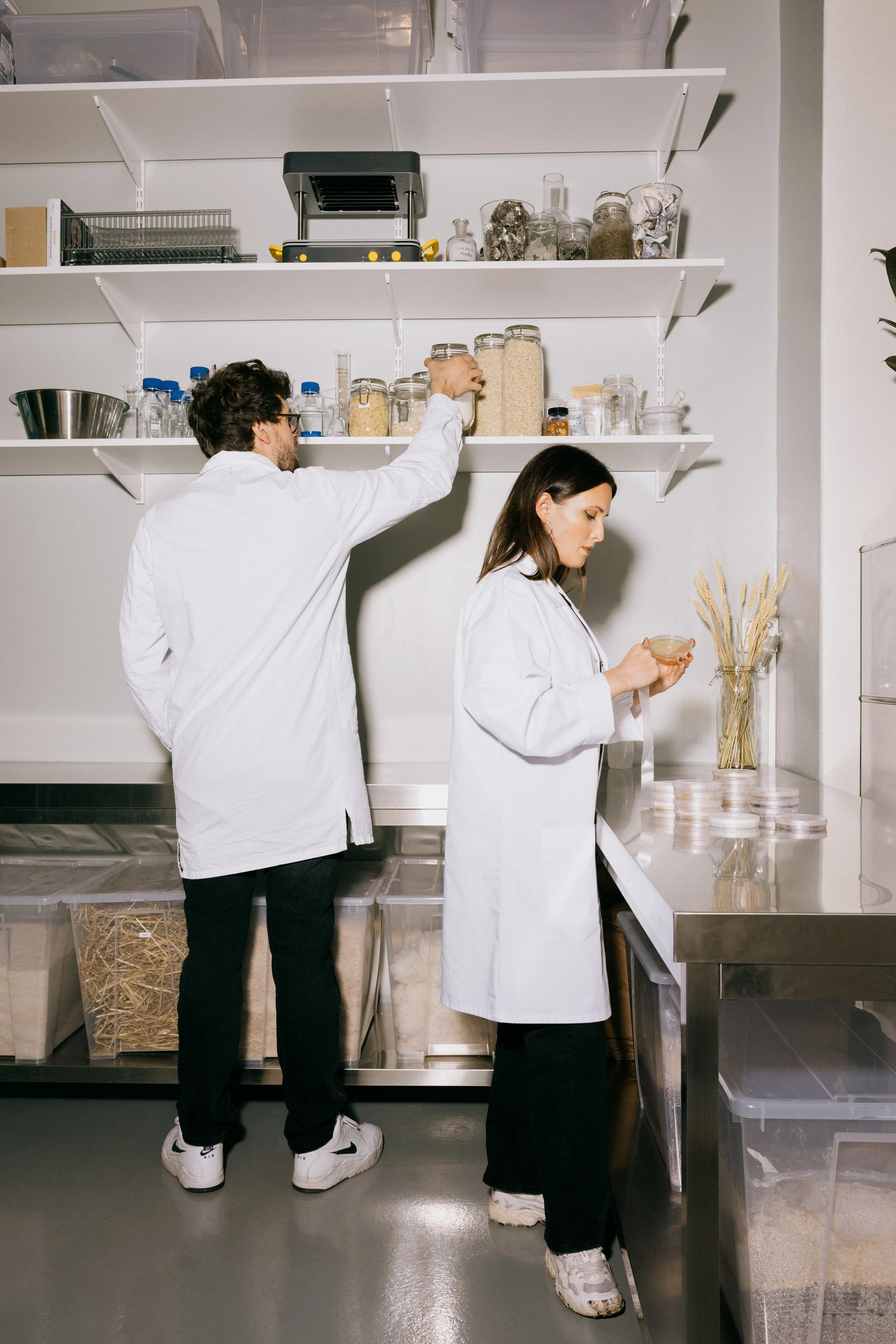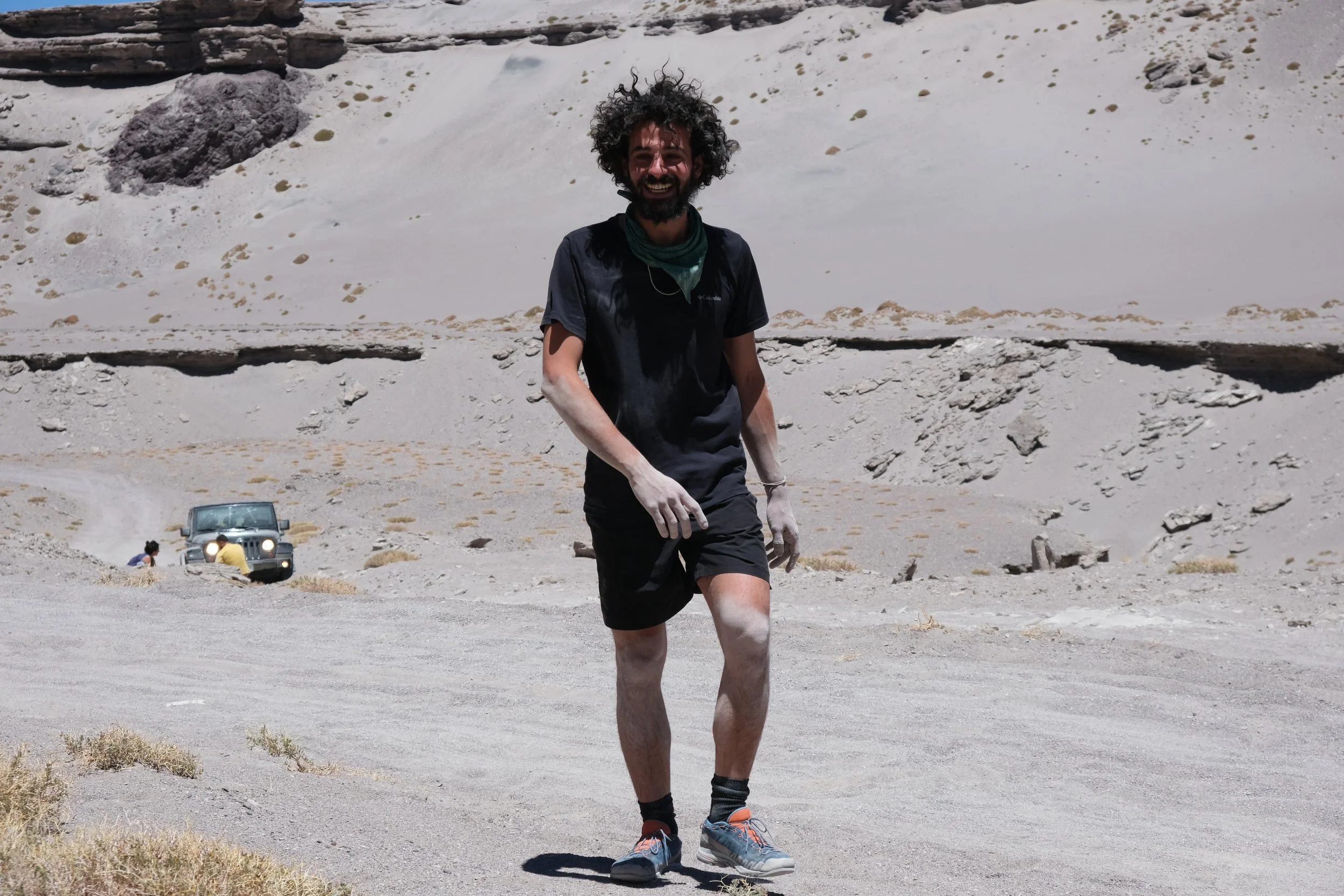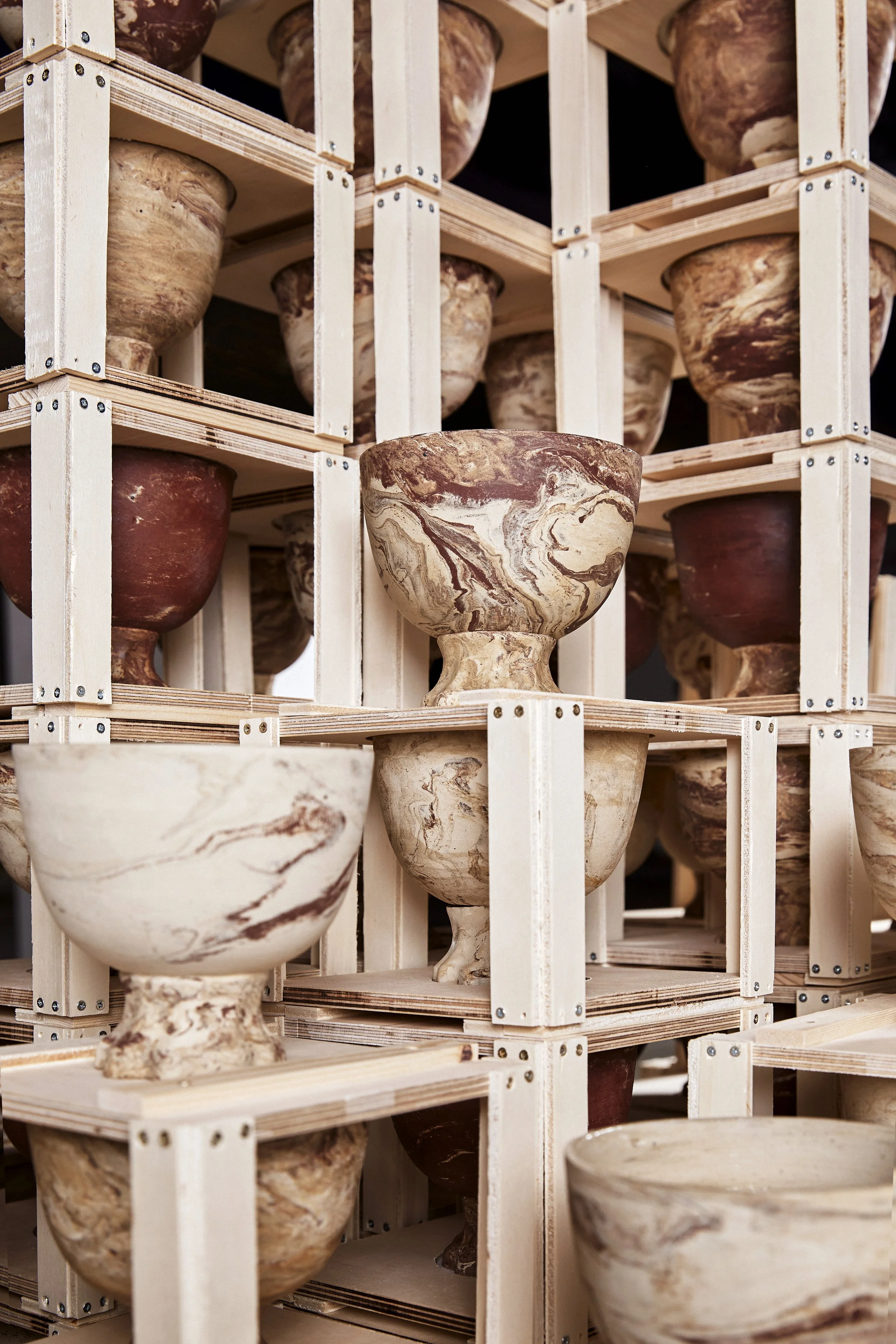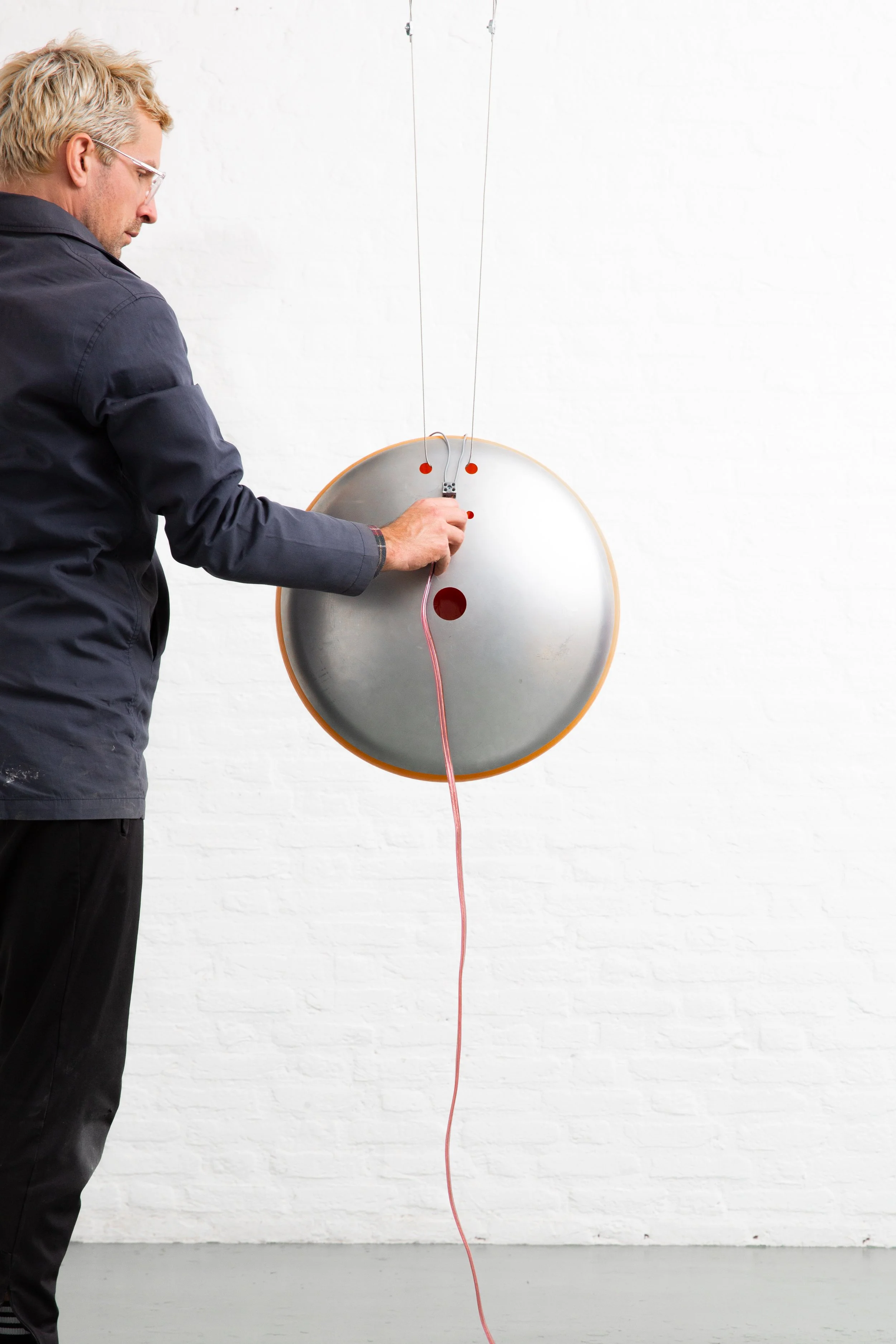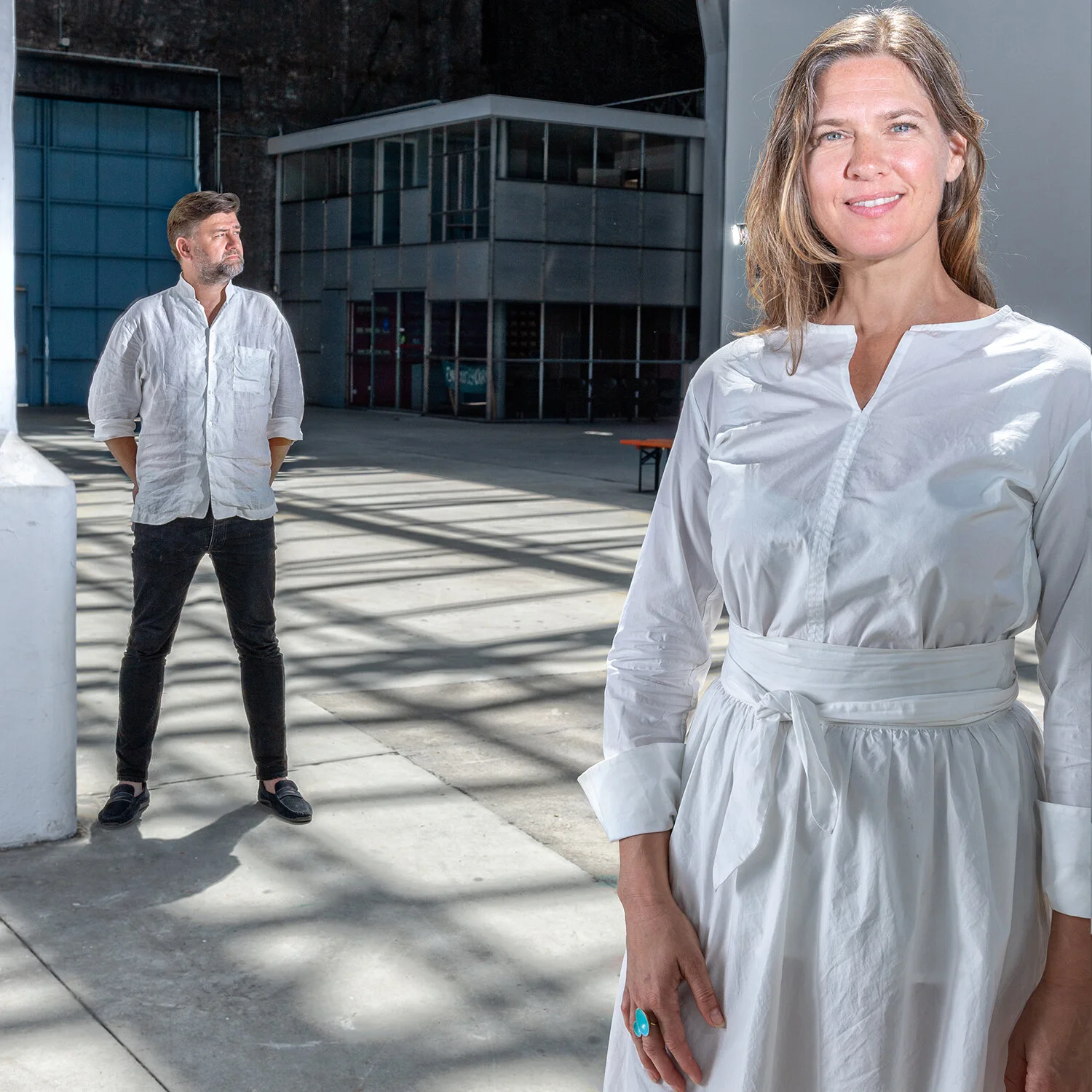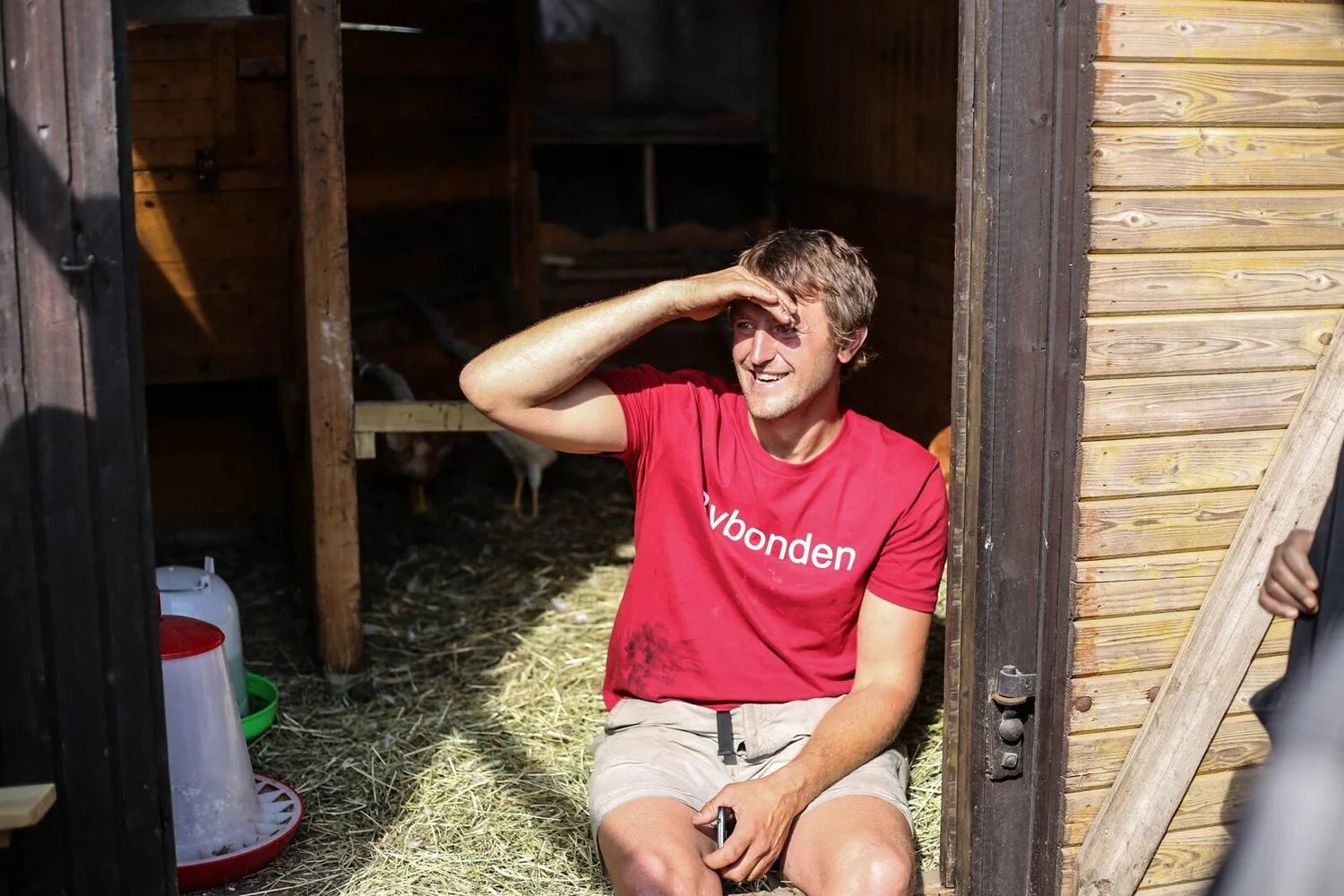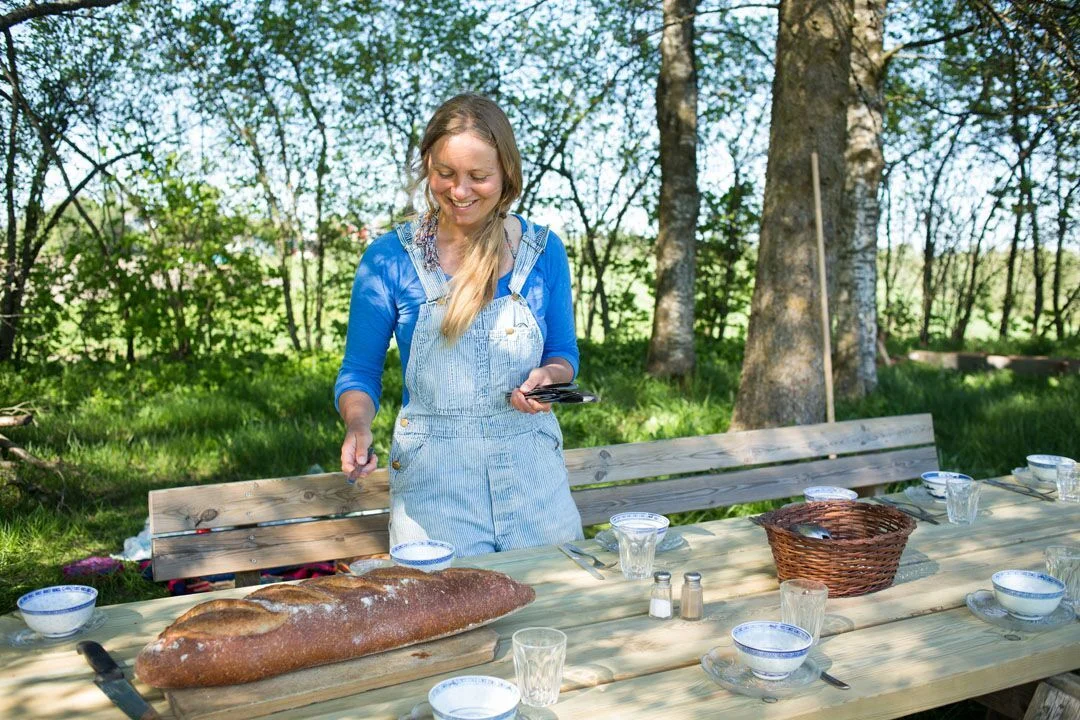Anne Sverdrup-Thygeson on the small but mighty creatures who keep the world turning
For every person on Earth there are 200 million insects. Yet their numbers are dwindling and without insects, people and animals would die. Anne Sverdrup-Thygeson has written the book “Extraordinary Insects: Weird. Wonderful. Indispensable. The ones who run our world”. Elementa had a talk with the much sought-after biology professor about how and why our future depends on these life forms.
# Why do you love insects so much? How did your fascination for these beings start?
I’ve always been curious about nature. When I was a kid, I used to spend a lot of time in the outdoors with my family. We had a log cabin on an island where we spent weekends and summers. There was no electricity so no TV, and no neighbours so no other kids around. The only available entertainment was nature. We went for hikes, made campfires, picked berries or mushrooms in the autumn. I wasn’t particularly interested in insects, but I spent hours on the little beach, studying tadpoles and leeches.
#In your book you write that “insects are the little things that make the world go round.” How and why?
Insects are indispensable in the ecosystems. We need them for pollination, for decomposition, and soil formation; to serve as food for other animals, keep harmful organisms in check, disperse seeds, help us in our research, and inspire us with their smart solutions. You’ll find lots of details about this in my book!
Omalus puncticollis, Photo: Arnstein Staverløkk, Norsk Institutt for Naturforskning, CC BY 3.0
#No insects, no food. Many suggests that insects will be central for future food-solutions and we already see the rise of products like grasshopper flour and beatle-brownies. We now have a “Meat free monday”, do you think there will soon be an “Insect Tuesday”?
Two billion of the world’s human population already eat insects, but it may be some time before we start thinking of insects as everyday food in Europe. In the meantime we can develop insect-based fodder for livestock or fish, using organic waste and left-overs as input. One of the promising initiatives is to farm black soldier fly larvae on food waste. These maggot-like critters are capable of transforming four times their own bodyweight per day into both feed and compost. They can be used as feed for fish, poultry, pigs and even dogs. They are also edible for humans and can have a protein content as high as 40 per cent. In addition, the leftover frass from production can be used as fertilizer for plants.
Calopteryx splendens. Photo: Per Harald Olsen, NTNU - Norges teknisk-naturvitenskapelige universitet, CC BY-SA 3.0
# Can you tell something about the historical connections between the insects and us?
Insects arrived long before us – they have a head start of several hundred million years – but we also have a long, shared history, for better and for worse. We’ve been collecting wild honey for thousands of years. Shakespeare’s plays and Beethoven’s symphonies were all written using iron gall ink – a purplish-black ink that we have a tiny gall wasp to thank for. The first gramophone records were made from shellac - an insect secretion. Plenty of more examples in the book. And then of course we have been indirectly dependent on insects throughout our entire history as humans – through the goods and services they deliver (pollination, decomposition, food for others, as mentioned earlier.
Phaenopsectra flavipes, Photo: Aina Aaspaas, NTNU Vitenskapsmuset, CC BY-SA 4.0
# How can people who are afraid or annoyed by insects learn to live with - or even love - these life forms?
I believe in knowledge, and in using fun and strange stories from the fascinating lives of insect to educate people. If that can make people more curious about insects, I hope to make them take the time to look and learn more. And if you add that not only human welfare but nature as we know it depends on these critters, it might be even easier to tolerate and even learn to love them.
You can buy Anne´s book here.
Elementa Conversations:






